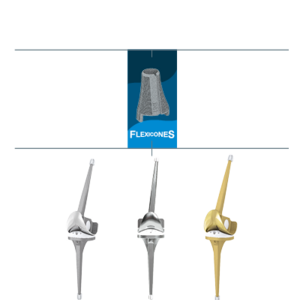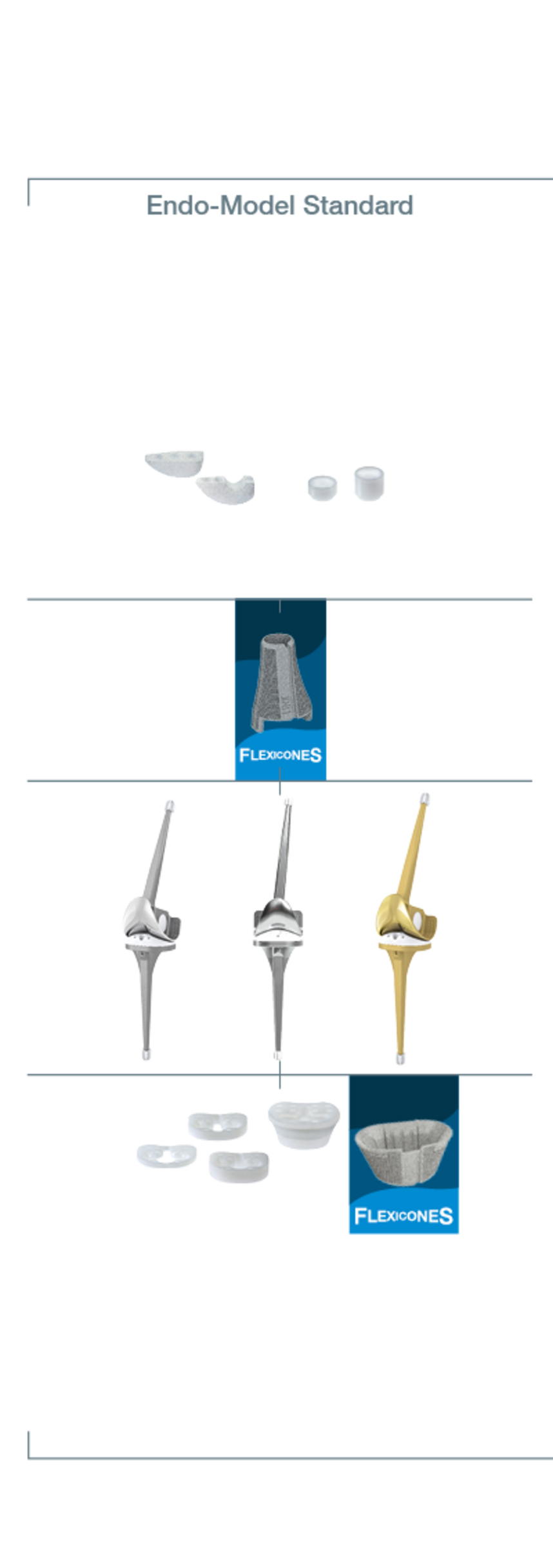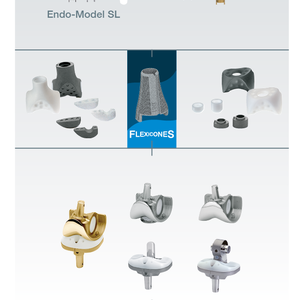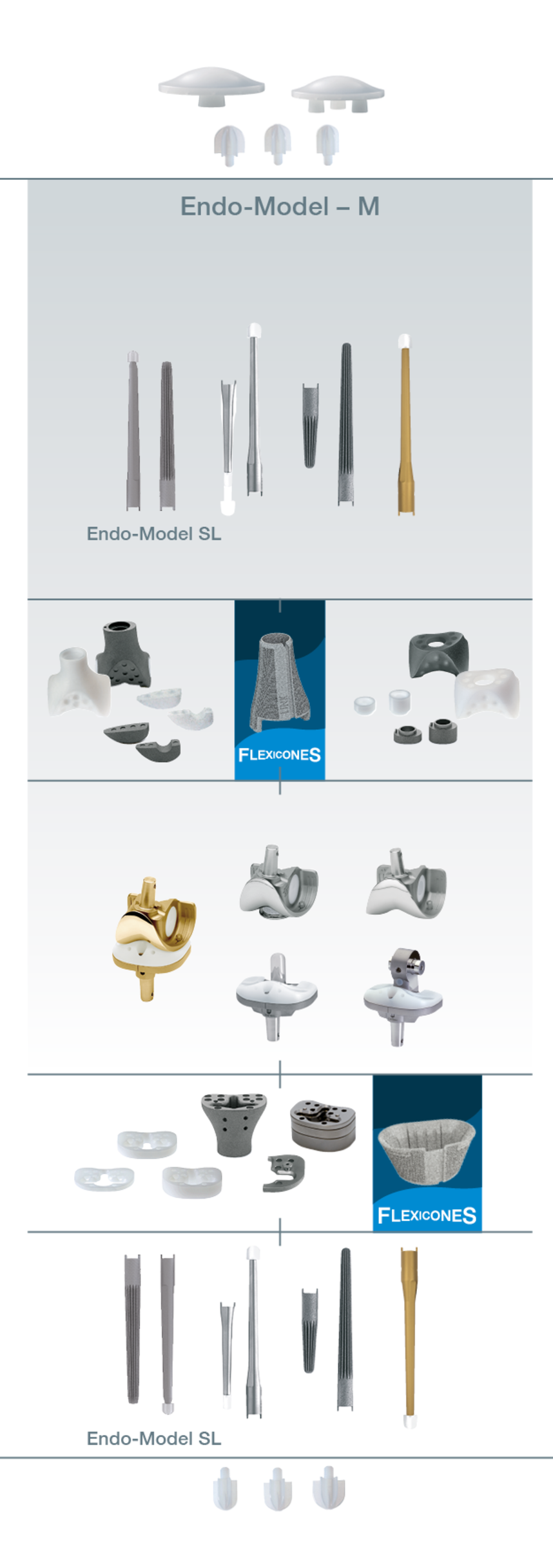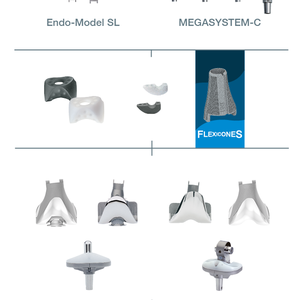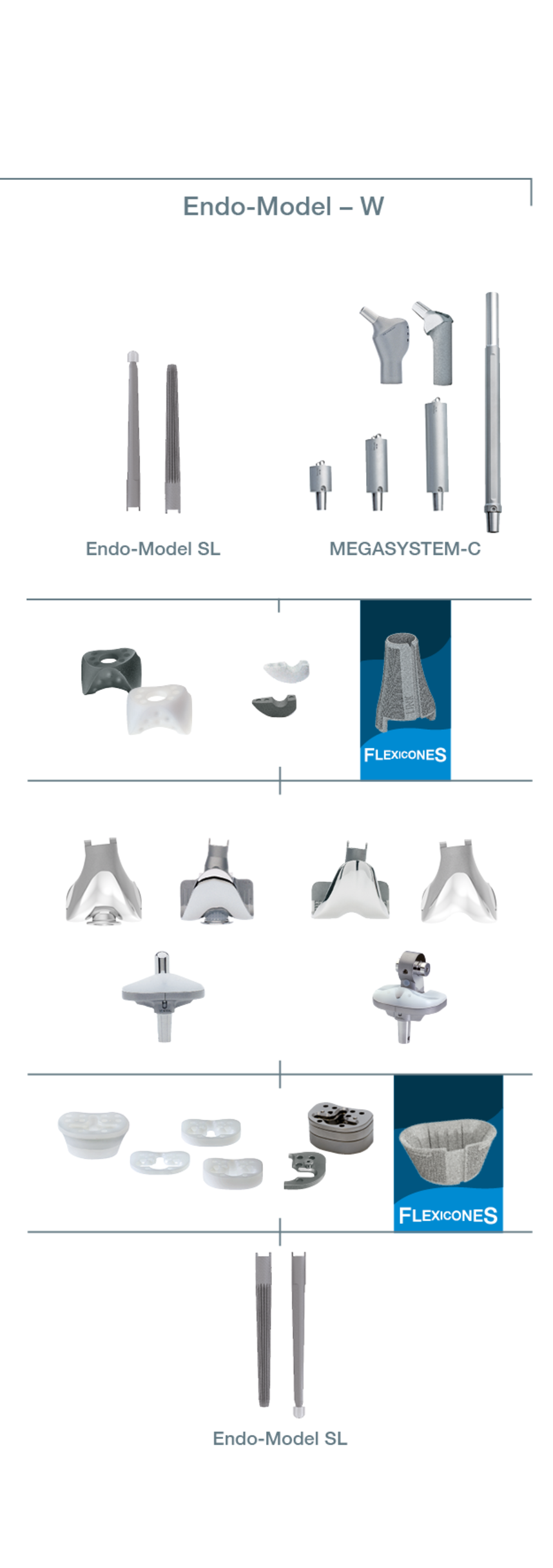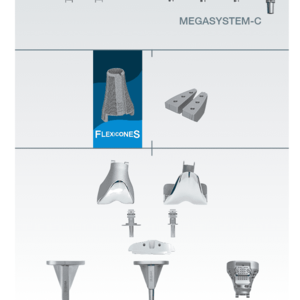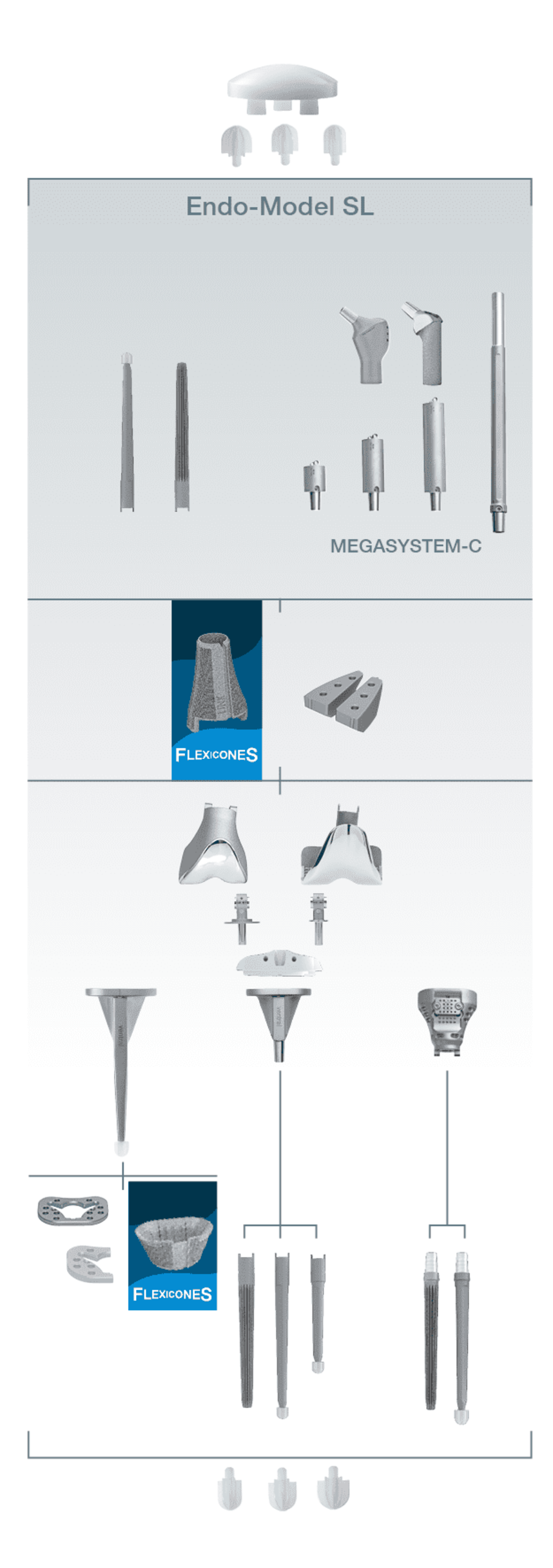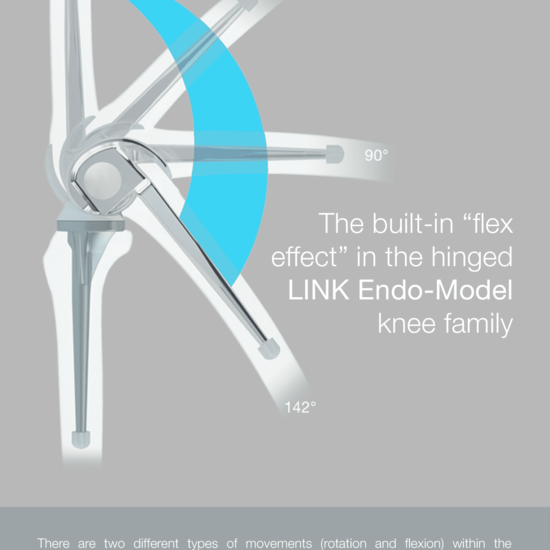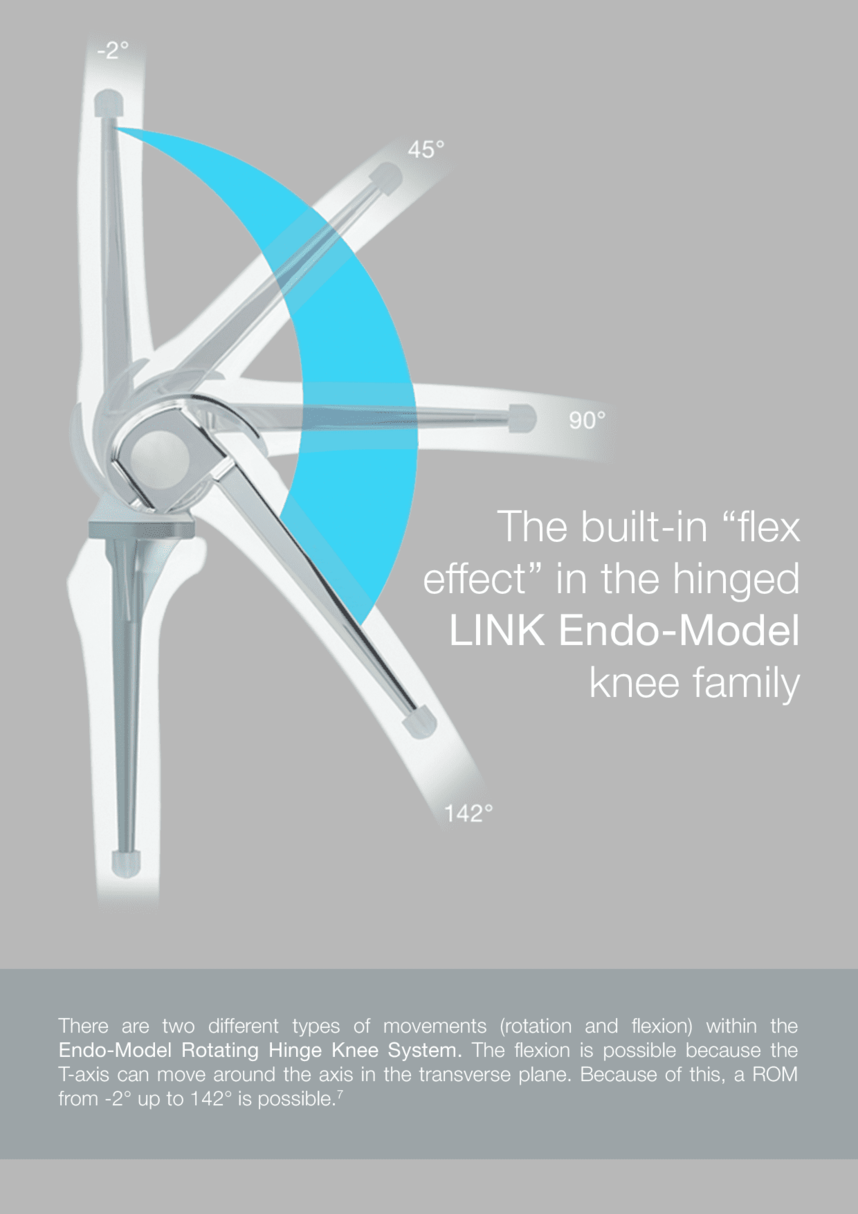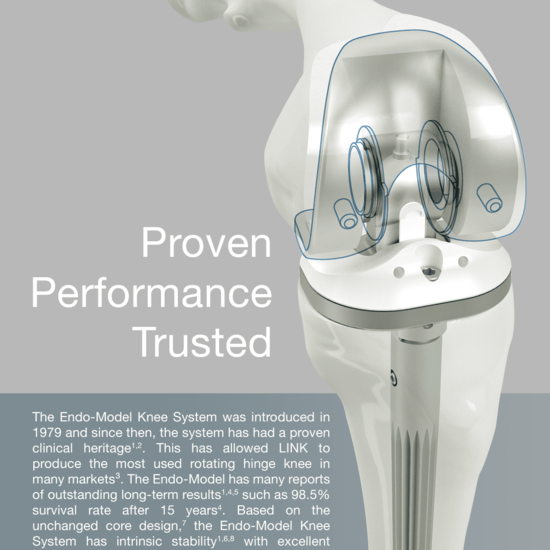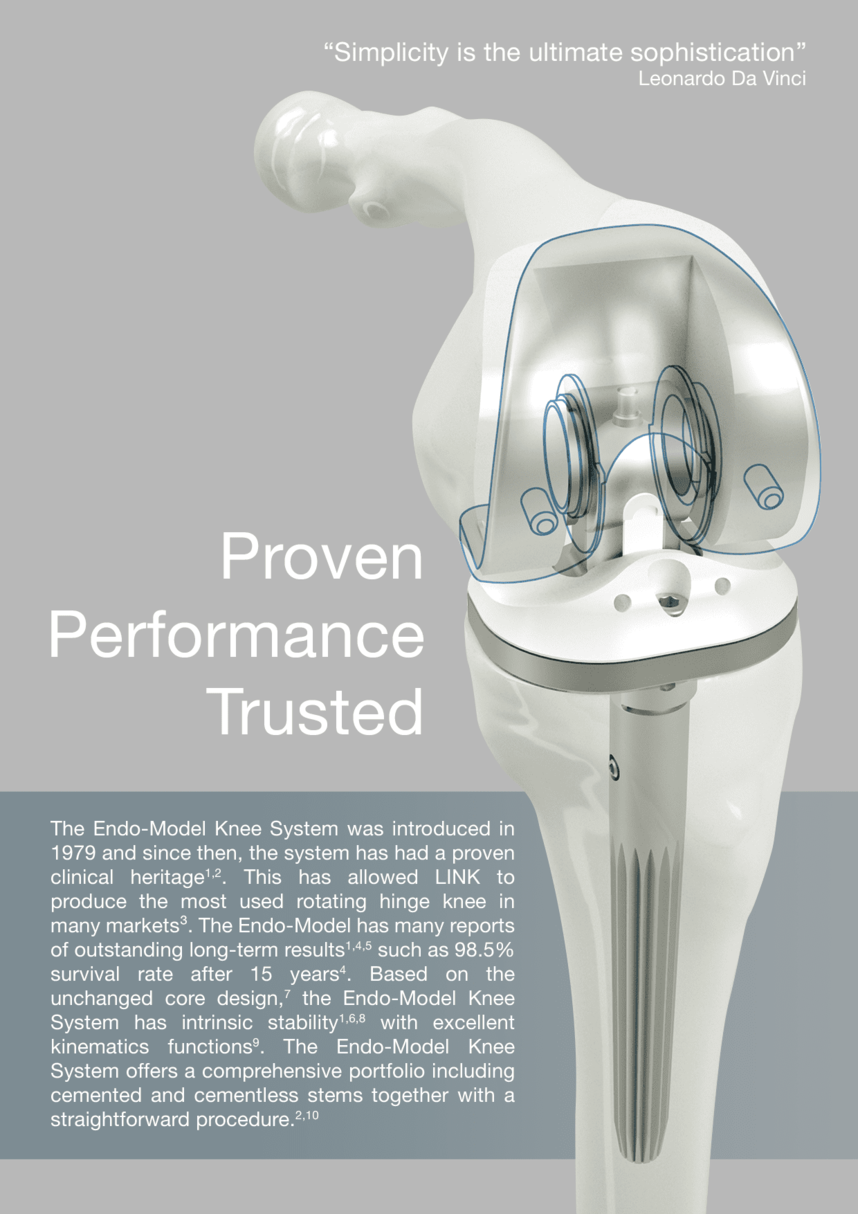
Fixation in Revision Cases
For a solid anchorage, the implant should be fixed in at least two of three zones. Zone 1 is the epiphysis (joint surface), Zone 2 is the metaphysis and Zone 3 is the diaphysis. Most revision knee systems provide 2-zone fixation in Zone 1 and Zone 3. The Endo-Model Knee System provides fixation in Zone 2 as well. It is possible to have fixation in the following zones:
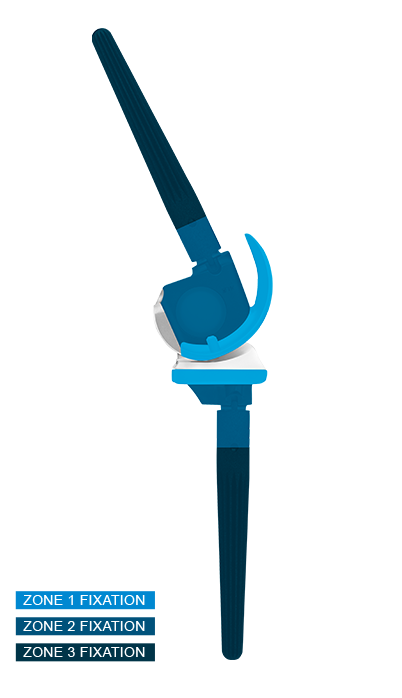
Zone 1 fixation:
The illustration shows fixation with cement. It is also possible to use cement, bone grafts or metal augments in bone defects. In these cases it is necessary to have at least one additional fixation in another zone to gain stability. 1
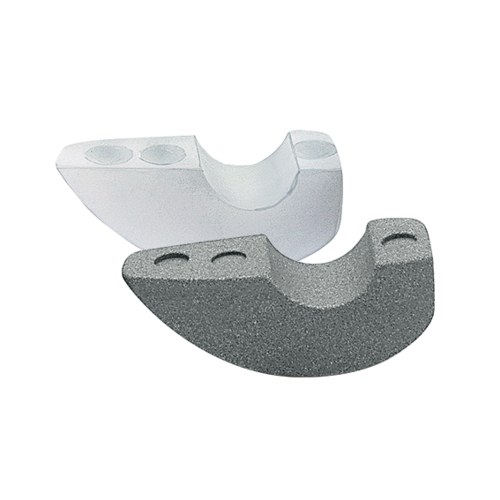
Zone 2 fixation:
LINK offers TrabecuLink Femoral and Tibial Cones (TiAl6V4). The cones have high primary stability in the meta-physeal region, both for the cone itself and for the tibial component in the cone. This allows good Zone 2 fixation. The metaphyseal fixation between prosthesis and cone is achieved using cement. 1
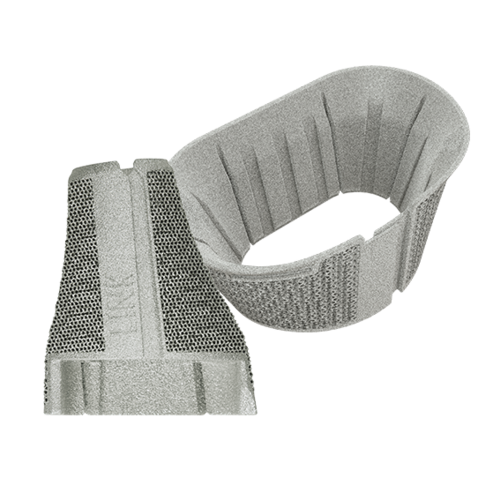
Zone 3 fixation:
Zone 3 fixation can be achieved with diaphyseal stems. Zone 3 fixation can off-load the metaphysis and reduce risk of implant cement mantle failure. 1
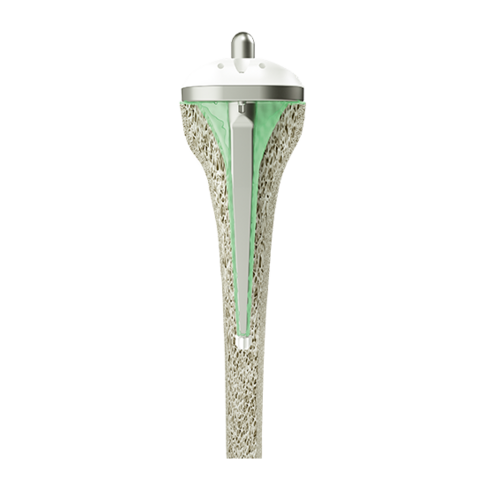

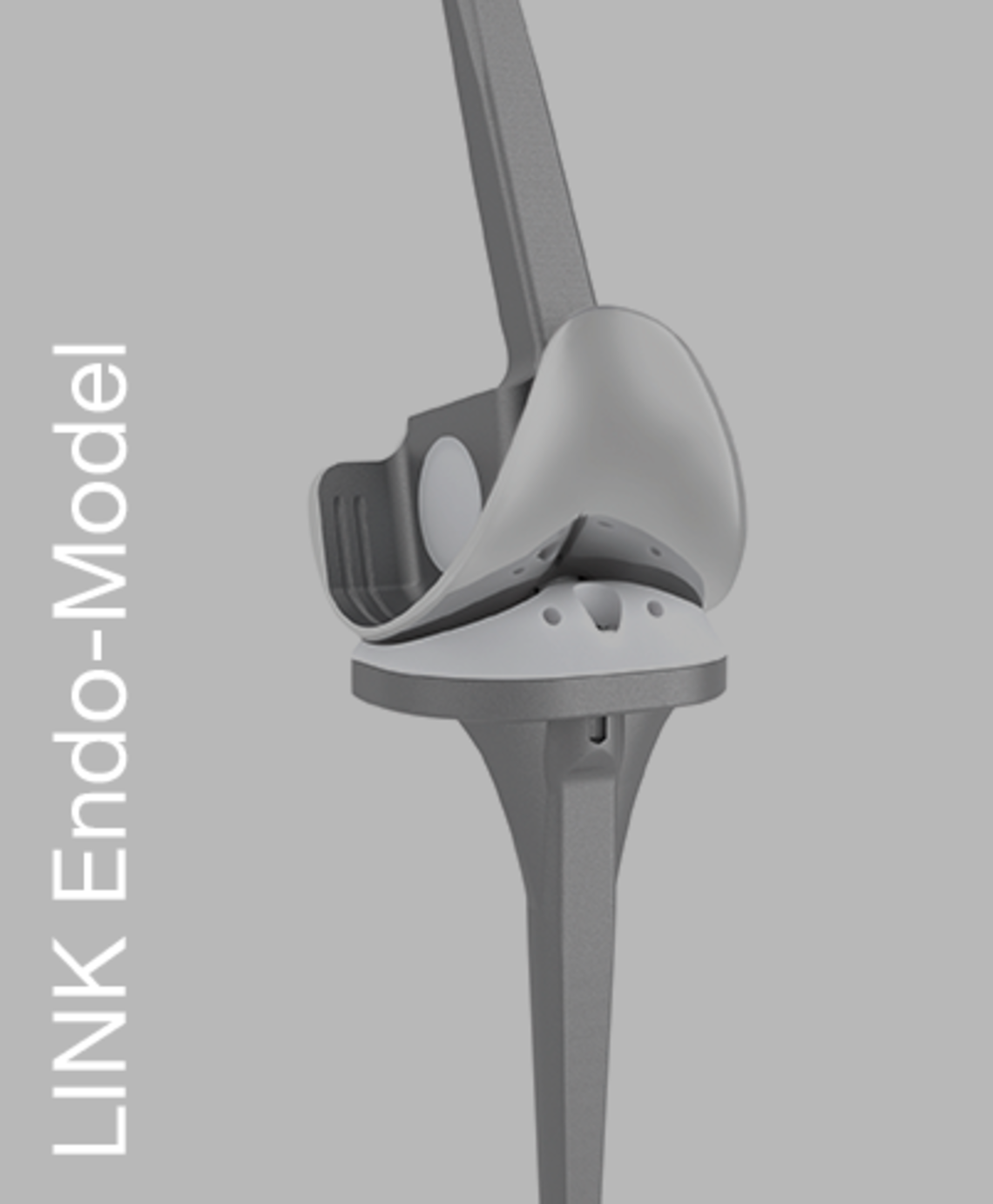
LINK FlexiCones accept all Endo-Model knee system variants. Learn more about the well-established Endo-Model knee systems. The Endo-Model knee family has been used successfully for over 30 years and has shown excellent clinical results throughout its clinical history. Read more...
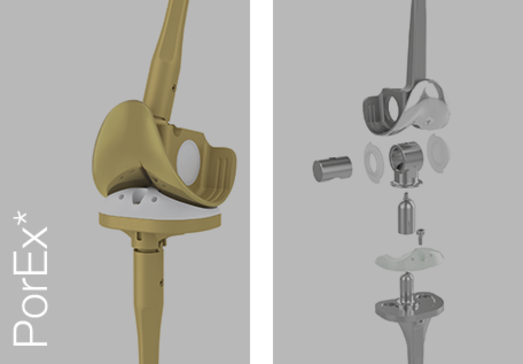
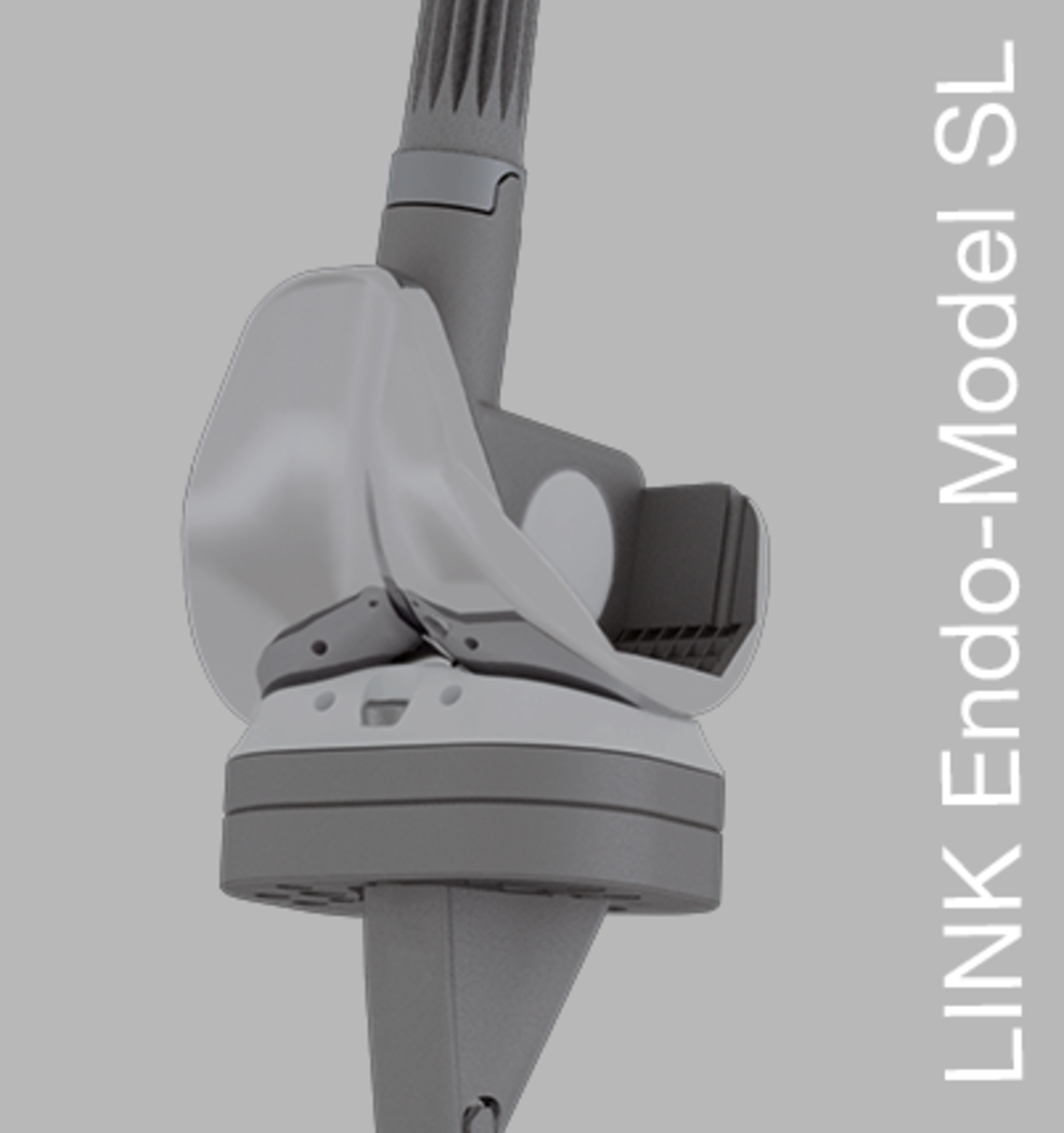
The LINK Endo-Model SL, with highly modular implant components, allows a maximum of flexibility. Our LINK FlexiCones expand this intraoperative versatility, providing the best possible solution for you and your patients. In addition, the Endo-Model SL is the basis for the Megasystem-C Tumor and Revision System, which opens up even more treatment options. Read more...
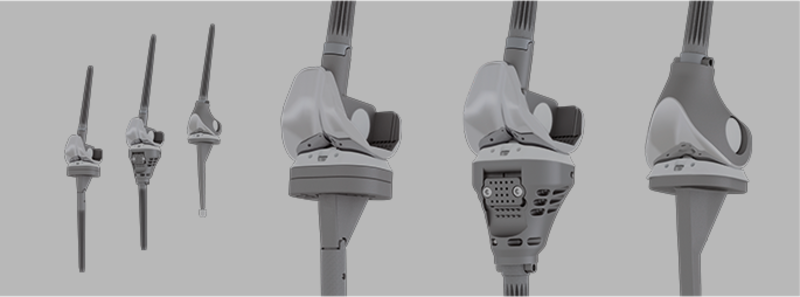
- G. Petrou et al.; Medium-term results with primary cemented rotating-hinge total knee replacement - A 7- to 15- year follow-up, THE JOURNAL OF BONE & JOINT SURGERY (Br), 2004
- E.Nieder et al.; Mid-term results of 1837 cases at Primary Knee Arthroplasty Follow-up period 2-12 years (mean 6.6 years) Scientific Exhibition: 20th SCIOT World Congress, 1996
- NJR 2017 Report
- A.N. Mavrodontidis, S.I. Andrikoula, V.A. Kontogeorgakos, G.C.Babis, T.A. Xenakis, A.E. Beris; P.N. Soucacos Application of the Endo-Model Rotating Hinge Knee Prosthesis for Knee; Osteoarthritis Journal of surgical orthopaedic advances, 2008
- T. Gehrke, D. Kendoff, C. Haasper; The role of hinges in primary total knee replacement; THE BONE & JOINT JOURNAL, 2014
- F. Sanguineti et al.; Total knee arthroplasty with rotating-hinge Endo-Model prothesis: clinical results in complex primary and revision surgery; Arch Orthop Trauma Surg, 2014
- Engelbrecht; Die Rotationsendoprothese des Kniegelenks; Springer Verlag,1984 (Page 53-65)
- L. Felli, M. Coviello, M. Alessio-Mazzola, M. Cutolo; The Endo-Model rotating hinge for rheumatoid knees Orthopäde; 2016
- A. Atrey, N. Hussain, O.Gosling, P. Giannoudis, A. Shepherd, S. Young, J. Waite; A 3 year minimum follow up of Endoprosthetic replacement for distal femoral fractures - An alternative treatment option; Journal of Orthopaedics, 2017
- Bistolfi, G. Massazza, F. Rosso, C. Olivero, F. Lagalla, M. Crova; Results with the Endomodell rotating hinged knee prothesis after
18 years of follow-up; University of Turin: Department of Orthopedics and Traumatology






